LS1: The Engine That Changed it All The LS1 (5.7 liter, 346ci) was the engine…

The Definitive Guide to LS, LSX, and Vortec Engines: History, Specifications, and Swap Essentials – Part1
Back in the early 1990s the Gen II LT1 and LT4 engines powered GM’s hottest performance cars , but GM read the tea leaves and knew that this platform would not be able to get them where they would eventually need to be in terms of emissions, CAFE standards, or even performance. A new V-8 was needed and in 1993 work began on what would eventually be labeled the LS1 . Replicating the success of the original small-block was a huge undertaking. GM kept the basic structure of a single cam pushrod V-8, but nearly everything else was reworked, from the deep-skirt block to the firing order. A coil-near-plug arrangement replaced the trouble-prone Opti-Spark and to save weight the blocks would be cast aluminum with iron sleeves. The new LS1 displaced 5.7 liters, which pencils out to 346 cubic inches, very close to the 350ci engines they were slated to replace.
The LS1 debuted in the 1997 Corvette and moved to the Camaro in 1998. In 1999, different versions of the LS design, such as iron blocks with varying displacements, started showing up in trucks and SUVs. Over 18 years of production, GM came up with many variants suited for different applications, and the best part for those of us in the hot rodding world is that, for the most part, all the various iterations of the LS platform play well with each other in terms of parts interchangeability. Want to bolt the front drive system of an LS1 Camaro to the front of an LS3? No problem. Toss LS3 heads onto an LS2 block? Yep, you can do that too, so long as you have the right intake manifold. A lot of this is possible due to the similarities shared across the LS line over the years.
LS Engine Similarities
- 4.40-inch bore centers (same as previous small-blocks)
- Six-bolt, cross-bolted main bearing caps
- Center main thrust bearing
- 9.24-inch deck height
- Four-bolt-per-cylinder head bolt pattern
- 0.842-inch lifter bores
- Coil-near-plug ignition system (no distributor)
- Common bolt patterns for items like the timing cover, rear cover, oil pan, front engine accessory drive systems, and valve covers (except the early perimeter-bolt heads)
The new firing order of 1-8-7-2-6-5-4-3 gave the LS1 a unique sound compared to its Gen I and Gen II cousins, and the overall size was kept close to that of a Gen I small-block, making it easy to swap into almost anything. The LS1 debuted with 3.89-inch bores, a 3.62-inch stroke, hypereutectic aluminum flat-top pistons, a nodular iron crank, and 6.089-inch powdered metal rods. For the most part, this formula was carried forward through the Gen III and Gen IV engines with the exception of some of the higher-performance engines.
Vortec Truck and SUV Variants
While the performance car engines carried the LS designation, those designed for trucks and SUVs were given the Vortec name . The biggest difference between the Vortec engines and their car cousins was the use of iron blocks (mostly), and the fact that they were often smaller in displacement. The good news is, they are plentiful in scrapyards and the iron blocks don’t mind a little boost or nitrous. They accept all the front drive systems of the car versions, although some might require a boss or two to be drilled out and tapped. There are a ton of variants out there, with most using a naming convention starting with L (LQ4, LQ9, LMG, LC9, etc. ). Even so, we still call them LS engines given the parts commonality and how easy they are to adapt to performance use. Now that you have some of the basics, read on for a deep— really deep —dive into everything about the LS engine.
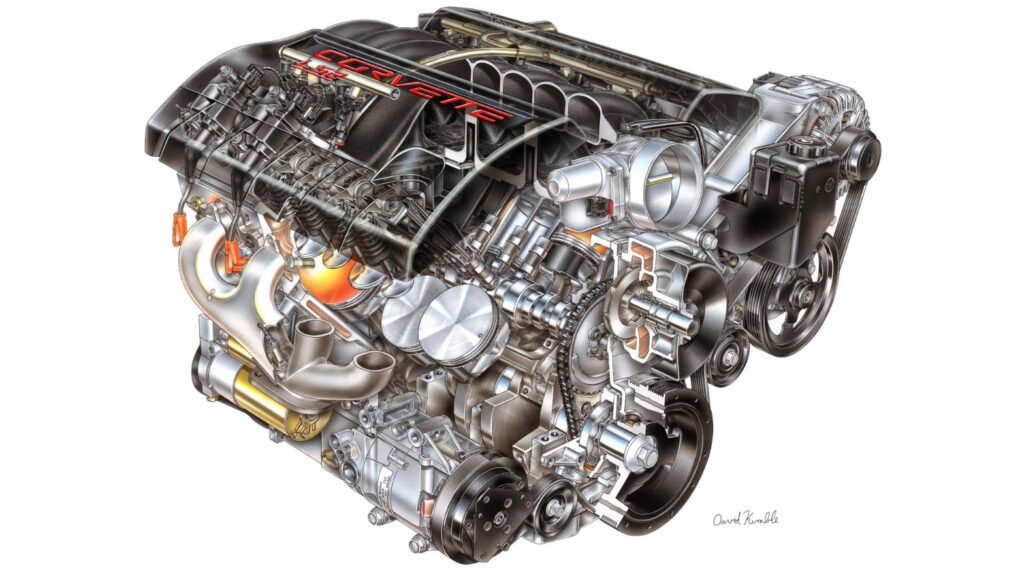
What Does LS Stand For In Engines?
Ask 10 people this question and you’ll most likely get 5 or 6 different answers. The most common one you’ll hear is that the LS stands for Luxury Sport. This comes from the use of LS and LT in the context of car trim levels (‘LT’ meaning Luxury Touring). While this is true of cars, we don’t think that is what they were going for when they came up with the LS1 designation. The previous Gen2 engine, the LT1 (the Optispark-equipped one, not the direct-injected one) was being replaced and the LS tag was just an engine designation code much like Z28 . We’ve heard people say it stands for “long stroke” and even that it was somebody’s initials, but the truth is that it was just a way for GM to refer to the new engine series.
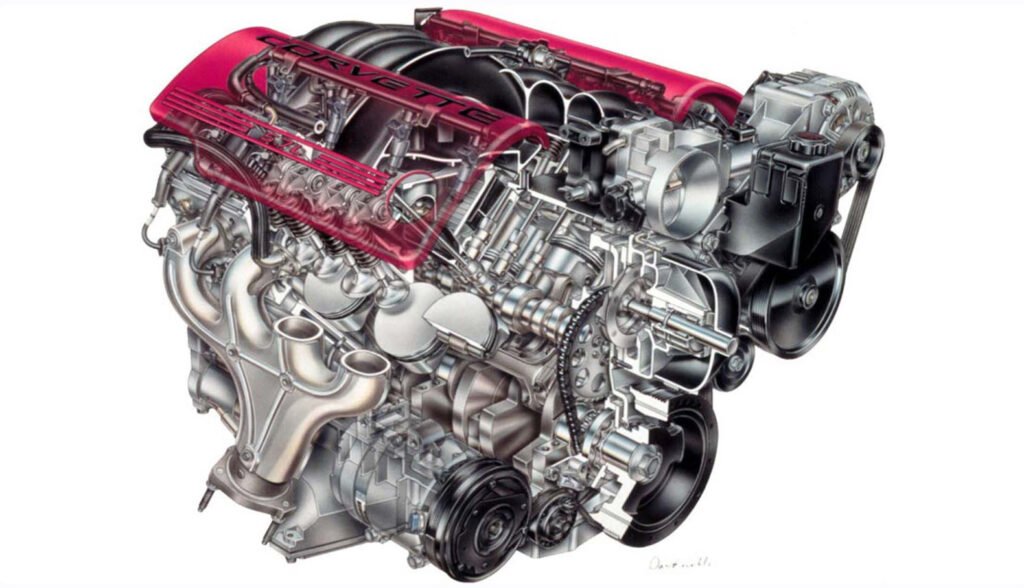
Which LS Engine Is Best?
This is like asking a parent which child they love the most. In terms of performance it would have to be a toss up between the LS7 and the LS9. With it’s dry sump(ish) setup, titanium rods and insane heads the LS7 was a revolutionary engine, so it would be our pick. But it’s hard to dismiss the solid design and power output of the blown LS9. In the end we would say the best LS engine is the one you can afford to stuff into your hot rod.
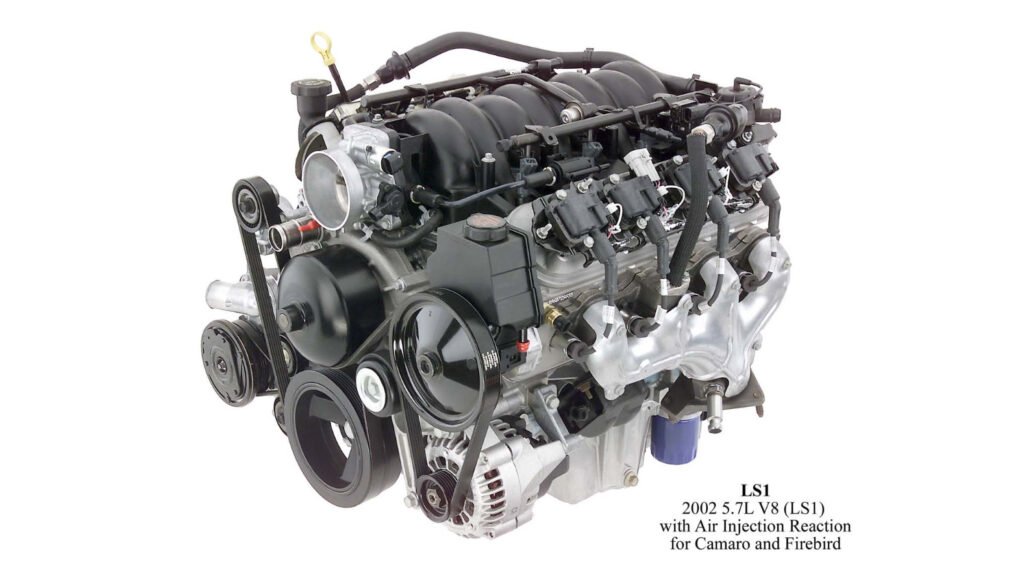
What Cars Use LS Engines?
The main driver of LS engine development was the Chevrolet Corvette . This is true whether you’re talking about the LS1, LS2, LS3, LS7 or LS9. But other GM nameplates benefitted from the Corvette engine development program, and LS-family engines found their way into Camaro, GTO, G8, Chevy SS, Cadillac, Trans Am, and a host of GM performance cars.
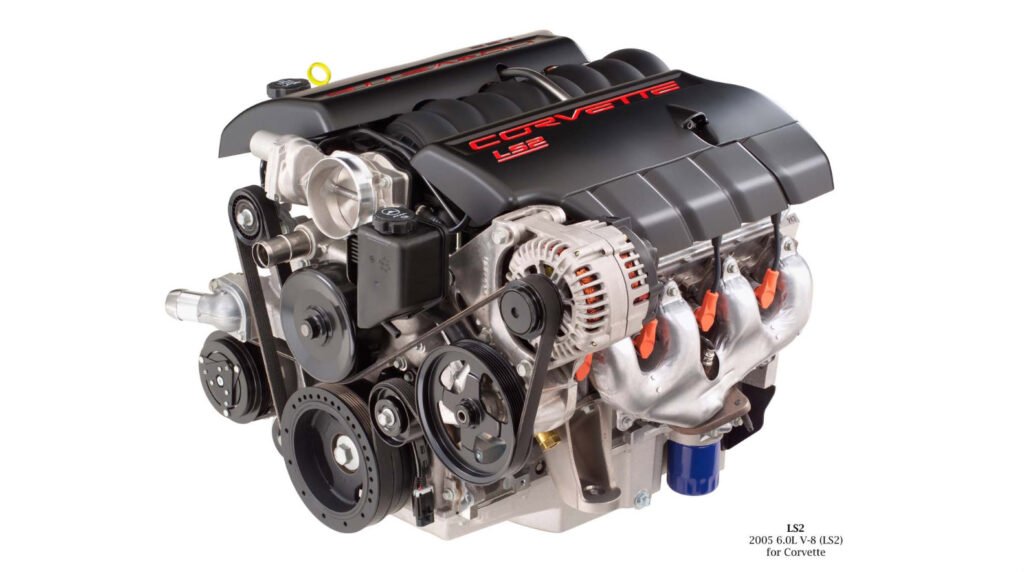
What Is The Difference Between a Vortec and an LS Engine?
Nothing really. Engines with the LS designation were typically set up for passenger car duty while the Vortec line was for GM’s SUV and truck lines. In other words, the difference is in the marketing and where the various engines were going to be used across the GM brands. In general people tend to use the term LS for both the LS line and the Vortec engines.
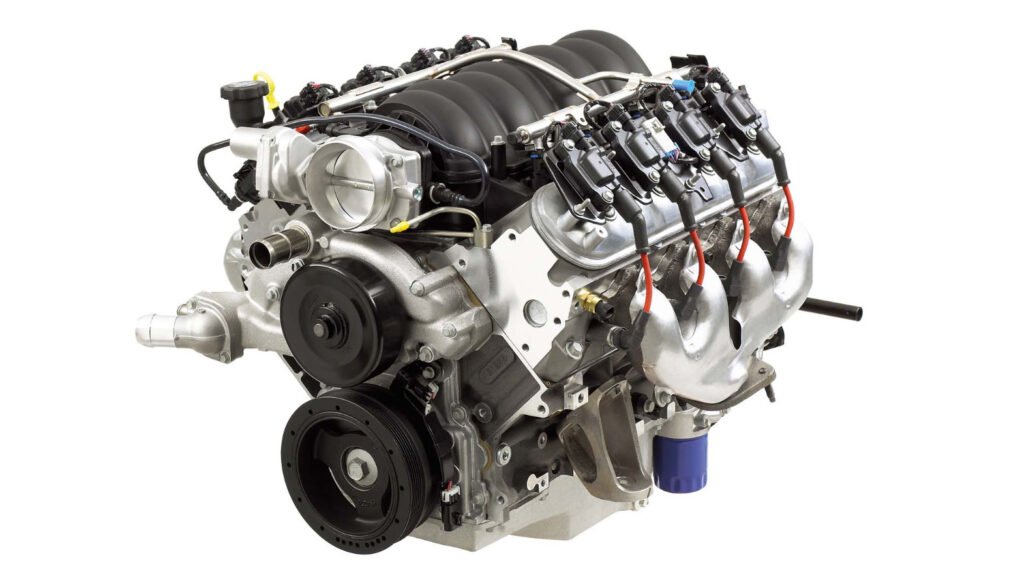
Can You LS Swap Any Car?
The internet’s popular cry to ” LS-swap everything ” is actually quite literal. The huge aftermarket support and the small, easy-to-package size of the LS engine family makes it very easy to stuff into anything. Even small cars like a Mazda Miata can easily take an LS engine under the hood. Given this we’ve seen anything you can imagine with an LS swap engine including boats and airplanes.
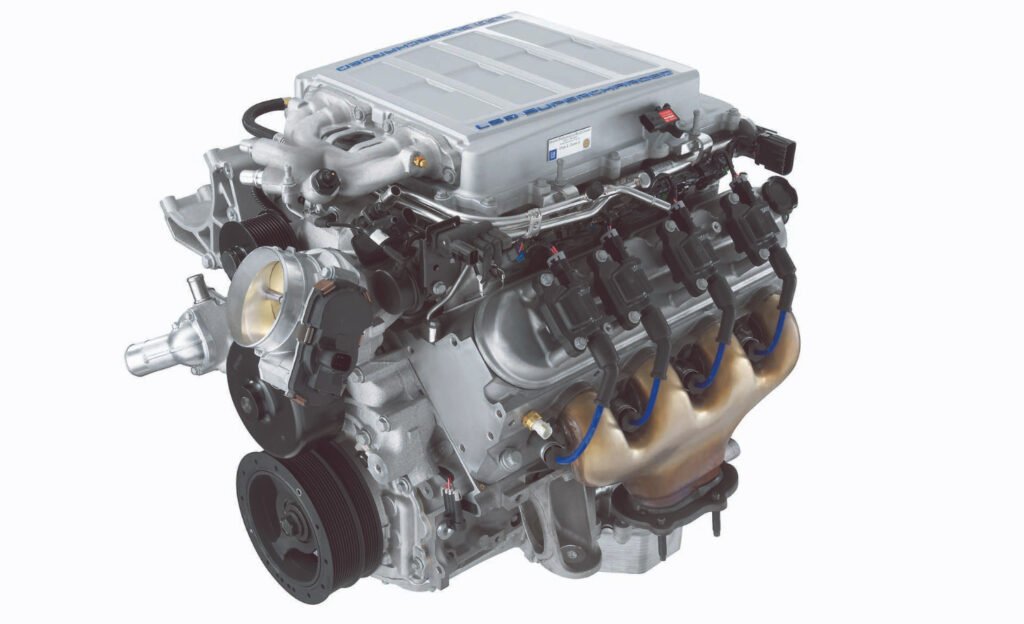
How Much Does an LS Swap Cost?
How long is a piece of string? We’ve seen LS swaps range anywhere from a few grand to well over $20,000. Are you starting with a shiny new crate engine or a used 5.3-liter that you yanked from a wreck? High-end billet drive systems or a repurposed GM serpentine drive system? The answer to this question really revolves around what you want and how much you’re willing to spend to get there.
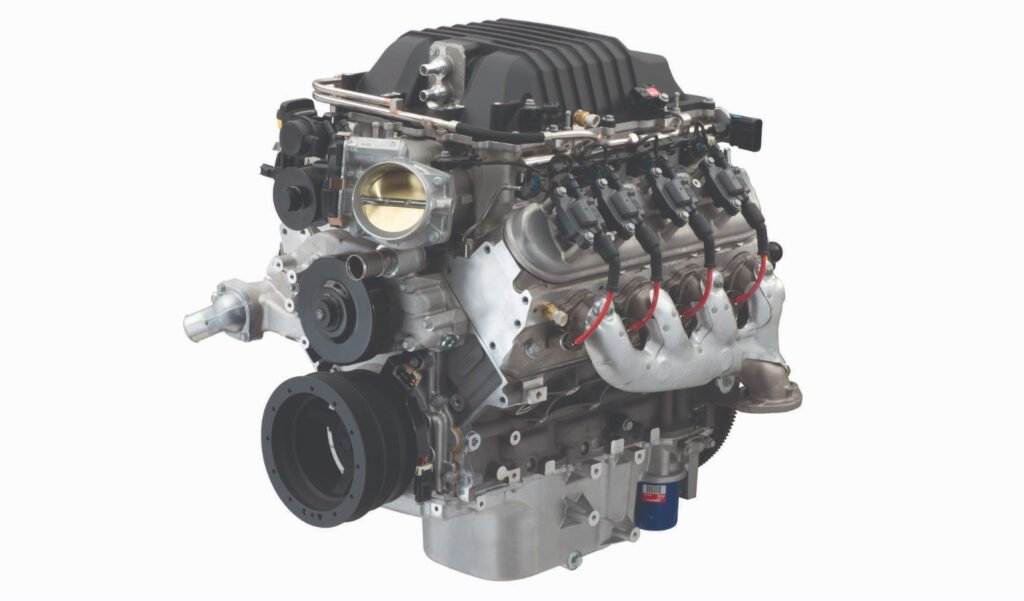
LS and Vortec Engine Specifications
| Engine | Displacement | Bore x Stroke (inches) | HP/TQ | Compression |
| LS1 | 5.7 liter (346ci) | 3.89 x 3.62 | 305-350/350 | 10.2:1 |
| LS6 | 5.7 liter (346ci) | 3.89 x 3.62 | 385-405/400 | 10.5:1 |
| LR4 | 4.8 liter (293ci) | 3.78 x 3.27 | 255-285/285-295 | 9.47:1 |
| LM7/L59/LM4 | 5.3 liter (327ci) | 3.78 x 3.62 | 270-295/315-335 | 9.5:1 |
| L33 | 5.3 liter (327ci) | 3.78 x 3.62 | 310/335 | 10.0:1 |
| LQ4 | 6.0 liter (364ci) | 4.00 x 3.62 | 300-325/360-370 | 9.5:1 |
| LQ9 | 6.0 liter (364ci) | 4.00 x 3.62 | 345/380 | 10.0:1 |
| LS2 | 6.0 liter (364ci) | 4.00 x 3.62 | 400/400 | 10.9:1 |
| L76 | 6.0 liter (364ci) | 4.00 x 3.62 | 361/385 | 10.4:1 |
| LY6 | 6.0 liter (364ci) | 4.00 x 3.62 | 385/400 | 9.6:1 |
| LY2/L20 | 4.8 liter (293ci) | 3.78 x 3.27 | 260-302/295-305 | 9.1:1 |
| LH6/LY5/LMG | 5.3 liter (327ci) | 3.78 x 3.62 | 300-320/320-340 | 9.9:1 |
| LC9/LH8 | 5.3 liter (327ci) | 3.78 x 3.62 | 300-320/320-335 | 9.5:1 |
| LS7 | 7.0 liter (427ci) | 4.125 x 4.000 | 505/470 | 11.0:1 |
| L92 | 6.2 liter (376ci) | 4.065 x 3.622 | 403/415 | 10.5:1 |
| LS3 | 6.2 liter (376ci) | 4.065 x 3.622 | 426-430/424 | 10.7:1 |
| L99 | 6.2 liter (376ci) | 4.065 x 3.622 | 400/410 | 10.7:1 |
| LSA | 6.2 liter (376ci) | 4.065 x 3.622 | 556-580/551-556 | 9.1:1 |
| LS9 | 6.2 liter (376ci) | 4.065 x 3.622 | 638/604 | 9.1:1 |



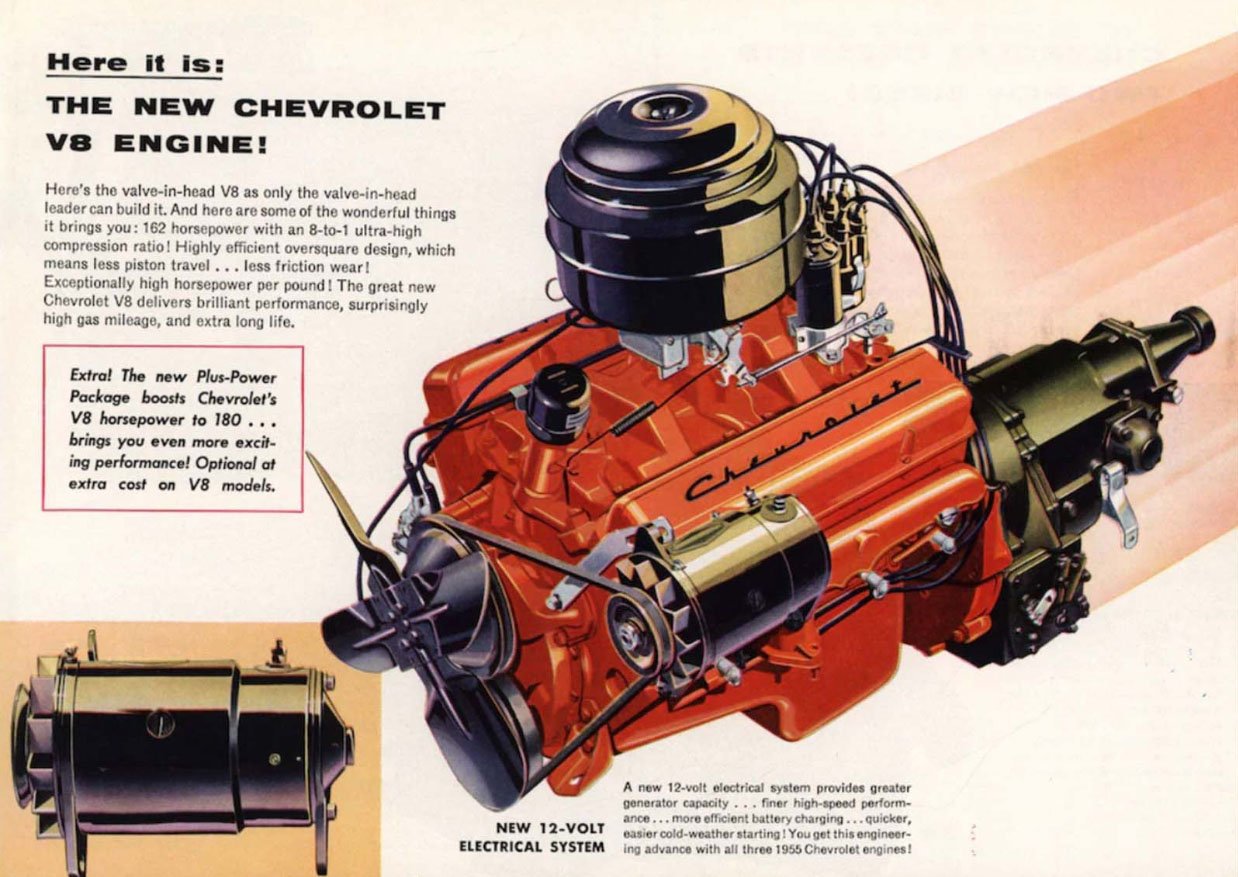
Comments (0)